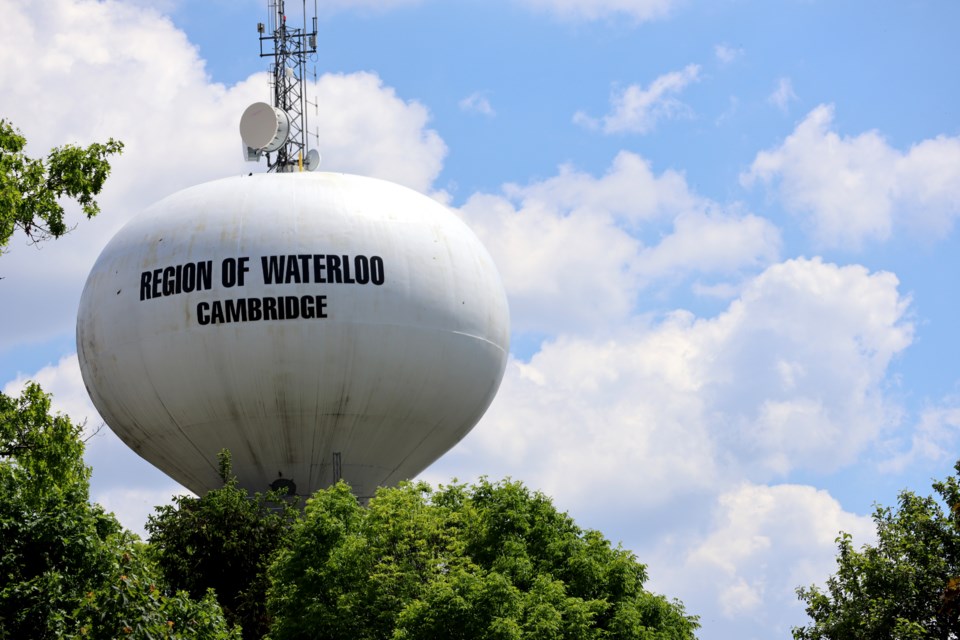It may not be on any local agendas right now but the topic of amalgamation is certainly still in the spotlight given a provincial push to build more homes, faster.
As part of that push, the province also passed a bill last year which includes the appointment of provincial 'facilitators' meant to examine six regional governments in Ontario, including the Region of Waterloo, to determine "the best mix of roles and responsibilities".
It's a move which has renewed debate about the potential for amalgamation, including at a recent local town hall.
It's also a move which many may see as one that simply makes sense. In fact, in the 1990s, it was part of the Mike Harris government's 'Common Sense Revolution', which nearly halved the total number of municipal governments in Ontario from 850 to around the 444 the province has currently -- all on the promise it would save taxpayers big bucks.
"The whole idea behind amalgamation was to save money and to eventually pass the savings along to taxpayers," said Zachary Spicer, an associate professor in the School of Public Policy and Administration at York University who was also a guest speaker at last Thursday's town hall. "Unfortunately, we haven't seen a whole lot of that [because] larger governments tend to do more and, over time, we saw those savings erased."
That said, Spicer maintains there are good arguments both for and against amalgamation, including what he calls an "upward service harmonization."
"Amalgamation tends to bring up service levels," Spicer said, adding it can also make it easier to shift municipal dollars around. "So I think, ultimately, amalgamation [...] creates more equitable cities."
On the flip side, Spicer said there are also a number of potential pitfalls including for some local voices to be drowned out.
"When you have a larger political community, it's tougher to get individual voices heard so representation tends to suffer a bit," he said. "Where you have areas that you have urban, suburban, and rural, some of those voices tend to kind of get lost in the shuffle."
The main take-away, according to Spicer, is there's no real clear-cut best answer.
"It's really just sort of balancing the benefits of a two-tier system versus a single-tier system," Spicer said. "There isn't any, sort of, perfect system. It's really kind of what fits a particular community."
As for what he feels best suits this community, Spicer did not say. He did however note another consideration: if we change it, there may be no going back.
"It's very hard to move from a single-tier system to a two-tier system," he said. "So it's very hard to de-amalgamate; going the other way is considerably harder."



